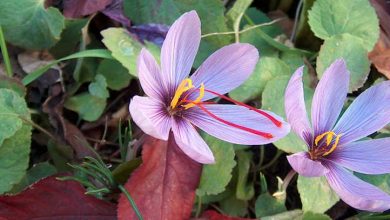Kalanchoe cuttings: [Grafts, Time, Rooting and Planting]
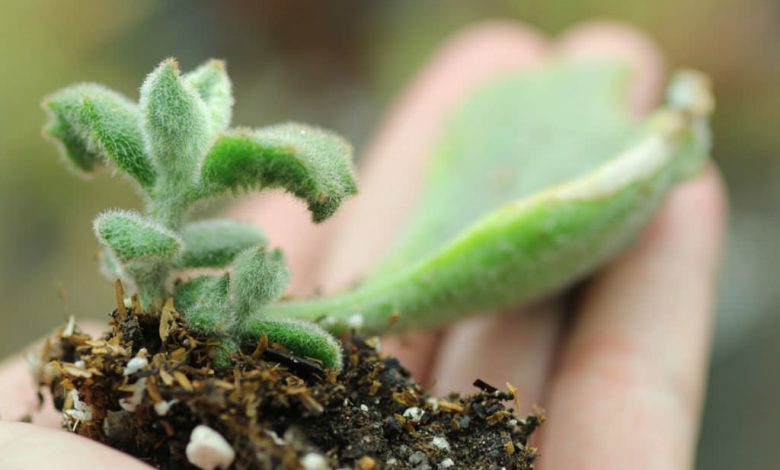
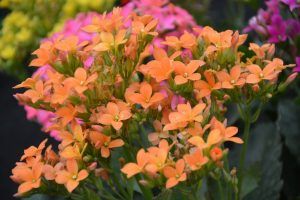 The kalanchoe plant is a small species that produces small but beautiful flowers, making it ideal for growing in pots .
The kalanchoe plant is a small species that produces small but beautiful flowers, making it ideal for growing in pots .
The variety of color options that exist for your flowers, allows everyone to choose the one that best suits their tastes.
This makes it easy to enjoy a flowering that gives joy to the spaces in the appropriate season for it.If you have a plant and you want to multiply it or someone you know allows you to take a cutting, take advantage of this information to get a new species and delight yourself with its beauty.
With what other plants or trees can we graft the kalanchoe cutting?
The kalanchoe is very resistant and this helps to avoid the need for grafting to obtain a plant with very good characteristics .In addition, as it is available in different colors, you can put together a beautiful composition just by joining different cuttings in the same space.
What is the best time to plant kalanchoe cuttings?
The most suitable season to plant kalanchoe by cuttings is during spring or summer.It is not necessary to wait for the pruning process to be completed because, in general, it is a species that does not require it..
Therefore, extracting the branches that will be used for multiplication will be more than enough.
How to get kalanchoe cuttings to root properly?
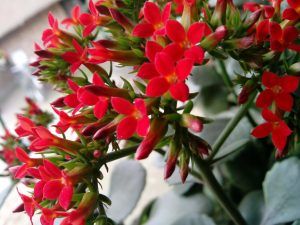 From the correct selection of the cutting, it will be the turn to work it so that it develops roots in a timely manner.
From the correct selection of the cutting, it will be the turn to work it so that it develops roots in a timely manner.
Around this process, the first thing will be to leave the cutting in a place with a warm temperature and free of humidity, so that it closes the wound at the end .This process takes about a week.
Then it will be planted in a substrate that has good drainage capacity , since it needs moisture but not excessive.Specialists recommend working with half perlite and half peat.
When burying the cutting, it is necessary to thoroughly moisten the substrate so that it can be established more easily.It is very important to preserve this state of humidity, so you have to wrap the pot in a plastic bag.
As it is a species that does well planting in pots, it is better to keep it indoors at a stable temperature and without drafts.It is also essential that it receives a good amount of indirect sunlight.If the plant is left in direct sunlight at such a young age, chances are the tips of the leaves will start to feel burned.
How should we take kalanchoe cuttings for planting?
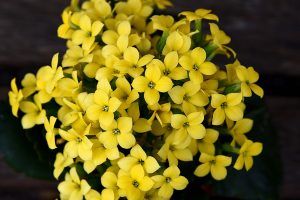 Kalanchoe cuttings are very noble for reproduction, because they grow roots quite quickly.This makes it one of the favorites when it comes to working with flowering plants.
Kalanchoe cuttings are very noble for reproduction, because they grow roots quite quickly.This makes it one of the favorites when it comes to working with flowering plants.
The ideal is to cut the cutting with a length of approximately 8 centimeters . This cutting will need to have leaves to aid in the process.
However, the leaves that are attached to the base of the cutting must be removed with the help of garden shears to avoid causing damage.
How long should we leave kalanchoe cuttings in water?
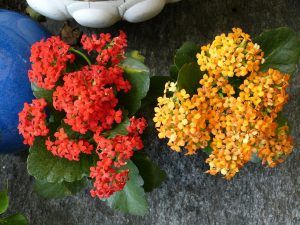 Kalanchoe cuttings could also work in water, submerging for a variable time between 2 weeks and 1 month.
Kalanchoe cuttings could also work in water, submerging for a variable time between 2 weeks and 1 month.
It should be noted that even with this system, the cutting must keep the same conditions for planting in soil.
That is, to have an appropriate length and also to be free of leaves in the part that will be under water.Later, when it already has enough roots, it will be transplanted to the pot as explained above.
Is it convenient to use fertilizer or compost?
The kalanchoe is very kind to its reproduction and we should be able to return that love when caring for it.Therefore, it is appropriate to use a little manure or compost in the soil where the cuttings will be placed for development.
In this way they will obtain a good amount of nutrients that will help them grow faster and in much better health.It is not necessary to spend money at this point, because a little homemade organic fertilizer will be more than enough.
How long does it usually take for a kalanchoe cutting to come out?
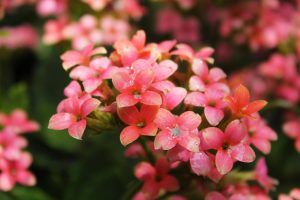 The most normal thing is that in 3 weeks the kalanchoe cutting is ready to be transplanted to the selected pot.
The most normal thing is that in 3 weeks the kalanchoe cutting is ready to be transplanted to the selected pot.
Kalanchoe may also accept direct planting from the garden, but this must meet very specific conditions for it to establish well.
For example, the land must have a high drainage capacity to avoid waterlogging that could harm it.The best thing about this species is that it has a fairly high percentage of success for reproduction, not only from cuttings but also from leaves.
Thus, even people who have no experience in agriculture or plant multiplication by cuttings will be able to obtain positive results.Of course, you have to pay close attention to subsequent care so as not to lose the work that has been carried out up to that moment.
If you want to go deeper, you can see: How to plant kalanchoe.

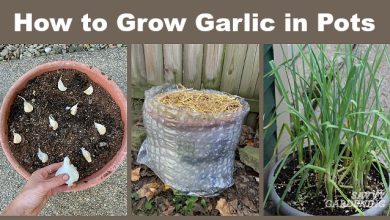
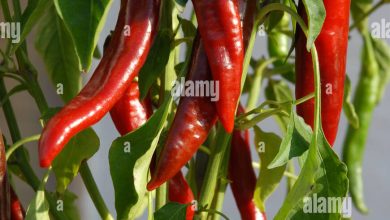
![Photo of Plant Flowers in your Garden: [The Most Complete Guide]](https://www.complete-gardening.com/wp-content/uploads/2022/08/plant-flowers-in-your-garden-the-most-complete-guide-390x220.jpg)
